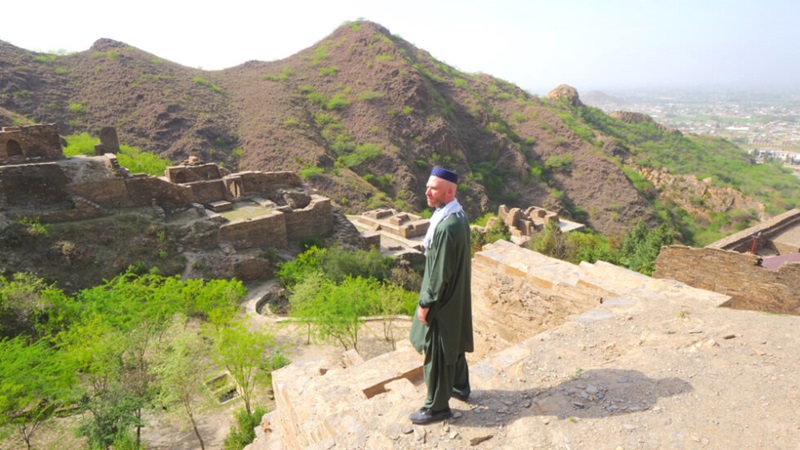
Abdullah khalid
From Industry to Rural Wells: Unveiling Groundwater Quality Challenges in Mardan, KPK, Pakistan
Most Read Stories Today
-
Water Scarcity and Artificial Rainfall: The Positive and The Negative Effects of Cloud Seeding, including Health Hazards and Climate Implications.
-
Renewable Energy in Rural Areas: Challenges, Opportunities, and Successful Rural Projects
-
Pakistan's Agriculture at Risk Due to Climate Variability
-
South Africa's Recent Floods: Is Climate Change to Blame?
-
South Korea's floods: root causes and prevention strategies.
-
South Africa: Cape Town, A City Under Fire
-
The Human Cost of Climate Disasters
-
Our Oceans, Our Future: The South African Dilemma of Overfishing
-
Degenerative Impact of Hydrocarbons On The Environment.
-
Sustainable Urban Planning - Copenhagen and the Path to Climate Resilience
We all rely on groundwater for drinking, irrigation, and daily use, often taking its purity for granted. But what if the groundwater sources that have sustained our communities are now revealing troubling signs of contamination?
A recent study in Mardan, Khyber Pakhtunkhwa, has uncovered a stark reality: the groundwater quality, once considered satisfactory, is now compromised by various pollutants, posing a significant risk to public health.
Situated across the industrial, rural, and urban areas of Mardan, my colleagues and I set out to investigate the true state of this essential resource. Our comprehensive study involved collecting and analyzing 111 water samples, evaluating key parameters. What we discovered was both surprising and concerning—surprising because the contamination levels varied greatly across different areas, challenging our assumptions about water quality in Mardan.
Our analysis revealed that industrial areas faced the most severe issues. Here, fluoride concentrations exceeded safe limits, with levels reaching up to 14.5 mg/L, compared to the WHO permissible limit of 1.5 mg/L. Sodium concentrations also soared, and alkalinity levels were alarmingly high. This indicates that industrial activities and local mineral resources are significantly affecting water quality. Urban areas, while showing better average values, still faced issues with elevated fluoride and sodium levels in some samples. Rural areas generally fared better but still had concerns with fluoride and alkalinity nearing the limits.
In addition to high fluoride levels, we found other critical issues. The electrical conductivity of water, which measures dissolved salts, was high in industrial and urban areas. Alkalinity and turbidity also presented problems, with some samples exceeding WHO guidelines. These findings suggest that human activities, such as industrial discharge and urban runoff, along with natural factors, are contributing to the deterioration of groundwater quality.
So, what does this mean for us? The results are clear: our groundwater is under threat, and so is our health. The combination of industrial pollution, inadequate waste management, and unsustainable practices has led to a situation where what should be a life-sustaining resource is becoming a potential hazard.
This is not just a local issue; it is a call to action for all of us. Ensuring access to clean and safe water is a fundamental right, and it is our responsibility to protect it. As students, researchers, and future leaders, we have a crucial role to play. By advocating for stricter monitoring, promoting effective water treatment solutions, and raising awareness about the risks of contaminated water, we can make a difference.
The groundwater of Mardan has been a vital resource for our communities. It is now up to us to ensure that this resource remains safe and clean for future generations. The time to act is now. Let’s come together—students, researchers, and policymakers—to address these challenges and safeguard our water and health for the future.

Terms & Conditions
Subscribe
Report
My comments